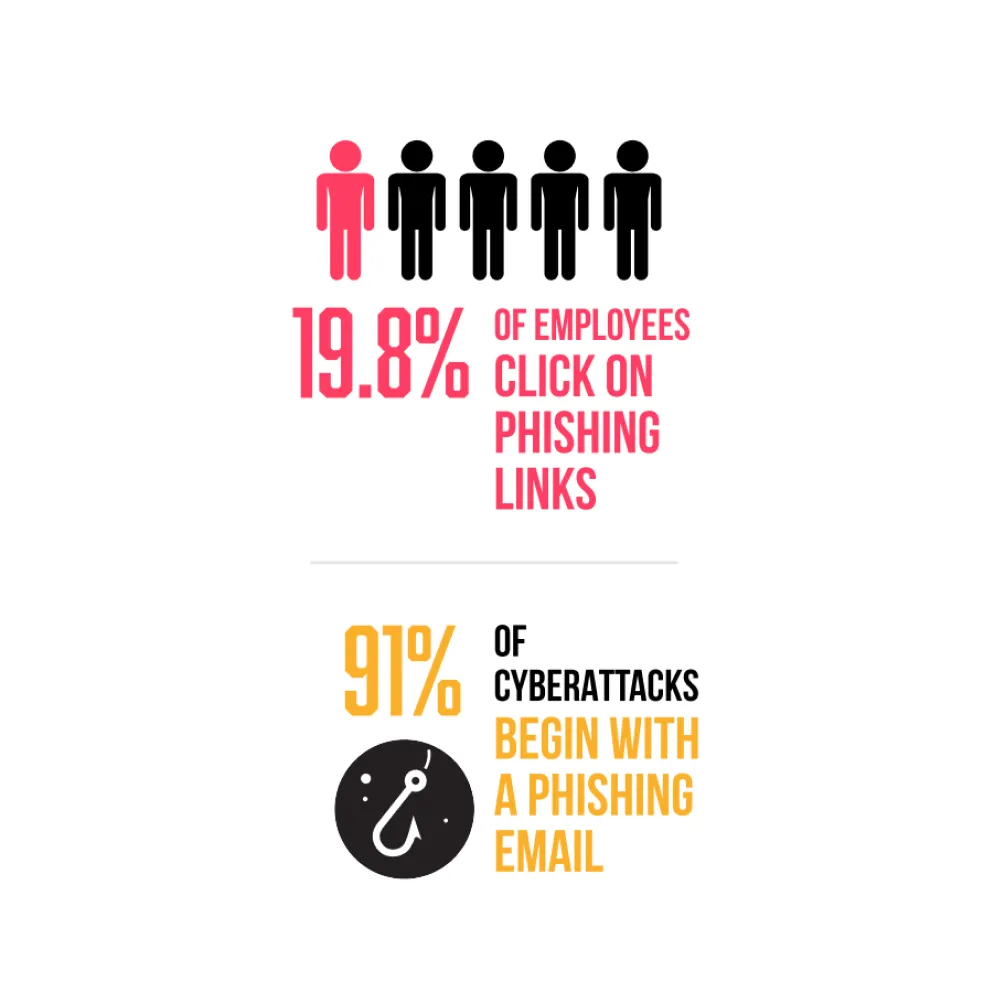In today’s interconnected and digital landscape, the traditional approach to cybersecurity is undergoing rapid evolution to combat new and sophisticated threats. Introducing ‘Zero Trust Security,’ a revolutionary concept that challenges the outdated notion of perimeter-based defense. As data breaches and cyberattacks dominate the news, it is essential to grasp the significance of Zero Trust Security and its critical role in protecting businesses. Engage with Managed IT Services Arkansas Experts to take the leverage of zero trust security in your business.
In this blog, we will explore Zero Trust Security, its principles, benefits, implementation strategies, and why it’s crucial for modern businesses.
What is Zero Trust Security?
A complete cybersecurity strategy known as “zero trust security” is based on the idea that no user or device should ever be implicitly trusted, even if they are present inside the network perimeter. Under the zero trust model, every access request is verified and authenticated before granting access to sensitive data or resources. This is done through multi-factor authentication, encryption, and continuous monitoring of user behavior and network activity.
The goal of zero trust is to minimize the risk of unauthorized access and data breaches by eliminating the assumption that everything inside the network is safe. By adopting a zero trust security framework, businesses can enhance their cybersecurity posture and better protect their sensitive information from internal and external threats. If you want to consider zero trust security for your business, visit our IT Support Company in Shreveport.

5 Reasons Why is Zero Trust Important
1. Provides Greater Visibility
One of the benefits of zero trust security is that it is a comprehensive approach to cybersecurity that provides greater visibility and control over network access. In traditional security models, once users gain access to the network, they are generally trusted to access various resources without further scrutiny. However, this approach can leave organizations vulnerable to insider threats and unauthorized access. Zero trust security, on the other hand, requires continuous verification and authentication of every user and device before granting access, ensuring that only authorized individuals can access sensitive information.
Zero Trust Security treats every user and device as untrusted until proven otherwise, meaning continuous verification and authentication are required for all network access attempts. This approach helps to minimize the risk of data breaches and ensures that only authorized individuals can access sensitive information. By implementing Zero Trust Security measures, businesses can enhance their security posture and better protect their valuable assets from potential threats.
2. Constantly Evolving Threat Landscape
It is crucial now more than ever for enterprises to adopt a Zero Trust security strategy given the continuously changing threat landscape. In order to safeguard sensitive data and systems from modern cyber threats, traditional perimeter-based security solutions are no longer sufficient. Zero Trust security runs under the motto “never trust, always verify,” necessitating continuous authentication and authorization for any user and device trying to access network resources.
By adopting a Zero Trust framework, businesses can significantly reduce the risk of unauthorized access, data breaches, and other cybersecurity incidents. This proactive approach to security ensures that only trusted entities are granted access to critical assets, regardless of their location or network environment.
3. Protection of Valuable Assets
Zero Trust Security is a security approach that emphasizes the value of safeguarding priceless assets within a company. Companies nowadays must contend with constantly changing threats and cyberattacks that have the potential to compromise sensitive data and disrupt operations. No user or device should be trusted by default, regardless of location or network, according to the zero trust strategy.
Instead, it requires continuous verification and authentication of users and devices accessing resources. By implementing best zero trust security solutions, businesses can better safeguard their valuable assets, such as customer data, intellectual property, and financial information.
4. Remote Work and Cloud Adoption
With the rise of remote work and cloud adoption, implementing a zero-trust security model has become increasingly crucial for businesses. In traditional network security models, employees access resources and data from within the company’s perimeter. However, with remote work becoming more prevalent and the use of cloud services expanding, this perimeter-based approach is no longer sufficient.
Zero trust security takes a different approach by assuming that no user or device can be trusted by default, regardless of location or network connection. Instead, it requires strict authentication and authorization measures at every access point to ensure that only authorized users can access sensitive data and resources. This approach helps to mitigate the risks associated with remote work, such as unauthorized access or data breaches.
5. Mitigation of Insider Threats
Mitigating insider threats is essential for successfully implementing a Zero Trust security framework in your business. Insider threats pose significant risks as they originate from individuals within an organization who have authorized access to sensitive data or systems. However, these individuals may exploit their access for malicious purposes, jeopardizing the security of your organization.
By adopting a Zero Trust approach, organizations can establish stringent access controls and implement continuous user behavior monitoring to effectively detect and respond to any suspicious activities. This includes implementing multi-factor authentication, segmenting networks, and regularly reviewing and updating user privileges.
Final Words
Zero Trust Security is a critical approach businesses must adopt to effectively safeguard their systems and data in today’s digital landscape. Organizations must shift towards a more robust and adaptable security framework, with the traditional perimeter-based security model proving inadequate against sophisticated cyber threats. By implementing zero trust security solution, businesses can significantly reduce the risk of breaches and unauthorized access, ensuring the protection of sensitive information. As the threat landscape evolves, organizations must prioritize Zero Trust Security as a fundamental component of their cybersecurity strategy.

